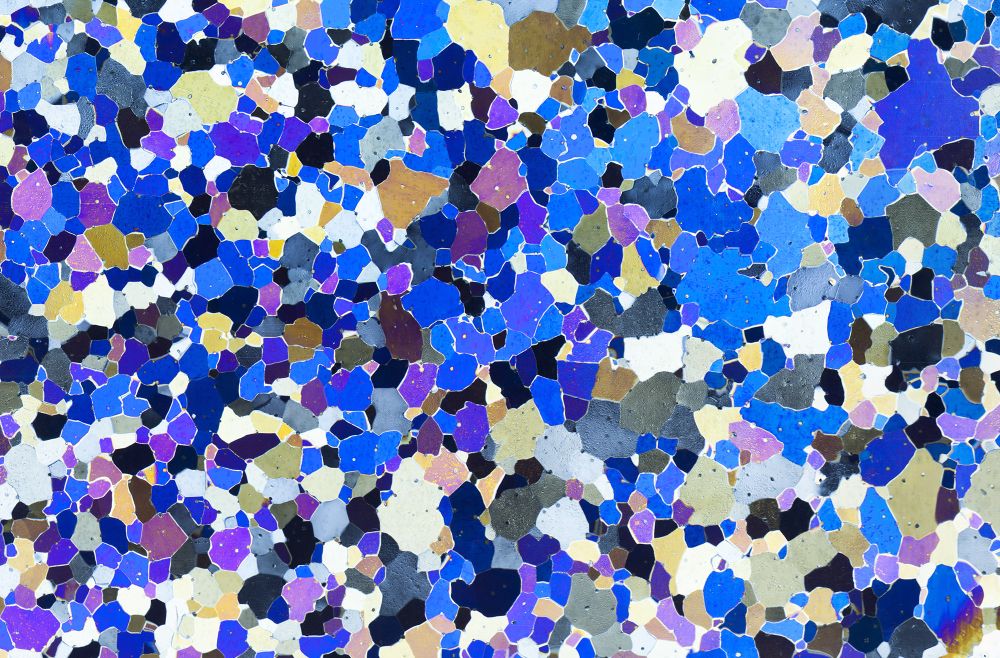Ice with a strong fabric deforms more readily in some directions. Nicholas Rathmann levels up the theory with a better treatment of how grains influence bulk properties. The impact can be an order of magnitude difference in bulk enhancement factors.
Abstract
Bulk directional enhancement-factors are derived from a transversely isotropic grain rheology in the case of orientation-dependent and orientation-independent nonlinear grain fluidities, assuming stress homogenization over the polycrystal scale. By considering evolving single-maximum and girdle fabrics, we find that bulk (polycrystalline) rheologies relying on a transversely isotropic grain rheology with an orientation-independent fluidity might underestimate bulk strain-rate enhancements for intermediate-to-strong fabrics of up to a factor of ten. Hence, our work hence extends previous results based on simple basal-slip (Schmid) models to the transversely isotropic rheology, particularly relevant for large-scale anisotropic ice-flow modelling. In order to derive bulk enhancement-factors for arbitrary fabrics, we expand the c-axis distribution in terms of a spherical harmonic series, which allows the rheology-required structure tensors through order eight to easily be calculated. This new non-parametric spectral fabric model thus provides an alternative to current structure-tensor-based modelling.
